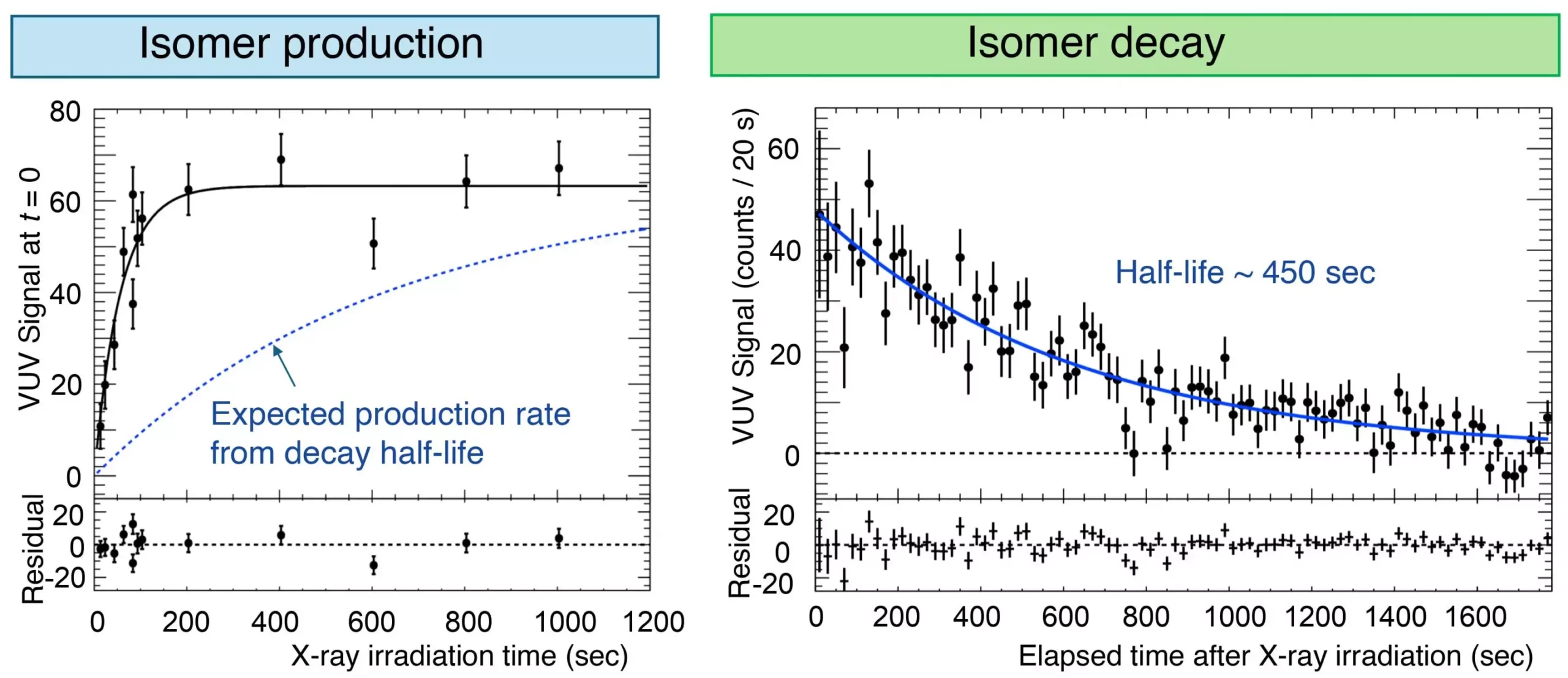Time measurement has always been an essential aspect of human civilization, influencing everything from navigation to telecommunications. Atomic clocks currently stand as the gold standard for measuring time with exceptional accuracy. They function based on the oscillations of electrons within atoms, akin to the swinging motion of a pendulum in a traditional clock. However, as the need for precision escalates in fields such as fundamental physics and quantum technology, scientists are looking beyond conventional atomic clocks. The introduction of nuclear clocks promises a new frontier in high-precision timekeeping, specifically through an innovative approach involving the nuclear properties of atoms.
In the quest for heightened precision, researchers have turned their attention to nuclear transitions as timekeeping mechanisms. Among several contenders, the nuclear first-excited state of the isotope 229Th (Thorium-229) stands out due to its unique characteristics. With a half-life of approximately 103 seconds, it offers a stable platform for measurement. The relatively low excitation energy required for this isotope makes it amenable to manipulation using vacuum ultraviolet (VUV) lasers, which facilitates highly accurate transitions—a promising avenue for the development of nuclear optical clocks.
Nuclear optical clocks are not merely academic curiosities; they have vast implications for technological advancement. From compact solid-state metrology devices to applications in fundamental physics research, the versatility of these clocks could revolutionize various fields, enhancing precision in everything from GPS technology to gravity sensors. However, to harness the full potential of the 229Th isomer, detailed understanding and control over its fundamental properties—such as isomeric energy and the dynamics of excitation and decay—are paramount.
In a remarkable stride toward creating functional nuclear clocks, a team led by Assistant Professor Takahiro Hiraki at Okayama University has made substantial progress in understanding the characteristics of the 229Th isomer. Collaborating with colleagues Akihiro Yoshimi and Koji Yoshimura, the research group developed an experimental setup capable of evaluating the population of the 229Th isomer and detecting its radiative decay. Their recent study, published in *Nature Communications* in July 2024, illustrates the synthesis of 229Th-doped VUV transparent CaF2 crystals, showcasing their potential in influencing the isomeric state population through X-ray irradiation.
The researchers have effectively controlled the nuclear excitation and de-excitation states by employing resonant X-ray beams. This advancement represents a pivotal moment in nuclear clock research, as it lays the groundwork for manipulating nuclear states with precision—a necessity for operating a nuclear clock. As highlighted by Hiraki, this research places them closer to realizing a functional solid-state nuclear clock.
A core element of requiring deep understanding in nuclear clocks lies in the radiative decay mechanisms by which the 229Th isomer transitions back to its ground state. Through their experiments, the team demonstrated that when the 229Th nucleus is excited to its isomeric state by the application of X-rays, it undergoes rapid decay, resulting in the emission of VUV photons. This rapidity offers insights into what is referred to as “X-ray quenching.” The capability to de-populate the isomer on demand could significantly impact the performance and stability of nuclear clocks.
The necessity of controlling radiative decay cannot be overstated; it plays an integral role in optimizing clock design and enhancing measurement precision. Observing the effects of X-ray irradiation not only sheds light on the behavior of the isomer but also opens doors for advancing technologies that rely on high temporal resolution.
As research continues to shed light on the complexities of nuclear states and their decay processes, the promise of nuclear optical clocks becomes increasingly tangible. The potential for applications stretches far beyond timekeeping; they could provide insights into the constancy of physical constants, such as the fine structure constant—an area of interest for many physicists. With the development of such clocks, researchers will have the capability to test hypotheses regarding the stability of fundamental laws over time, offering a deeper understanding of the universe.
The strides made in the exploration of nuclear optical clocks herald a paradigm shift in time measurement, with researchers like Hiraki leading the charge. Enhanced precision in timekeeping could lead to a plethora of technological advancements and scientific insights, marking a new chapter in our quest to measure time with absolute accuracy.


Leave a Reply